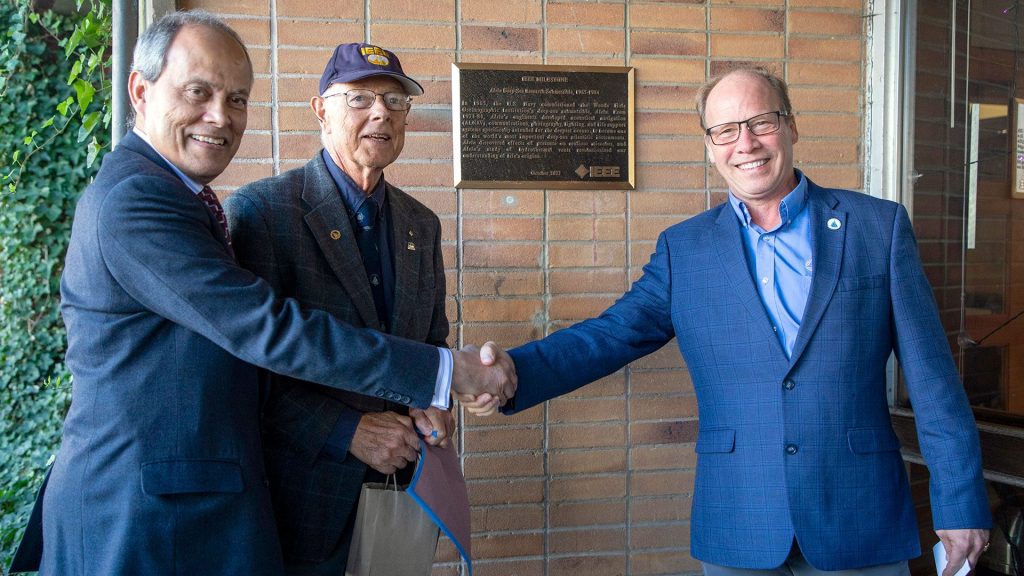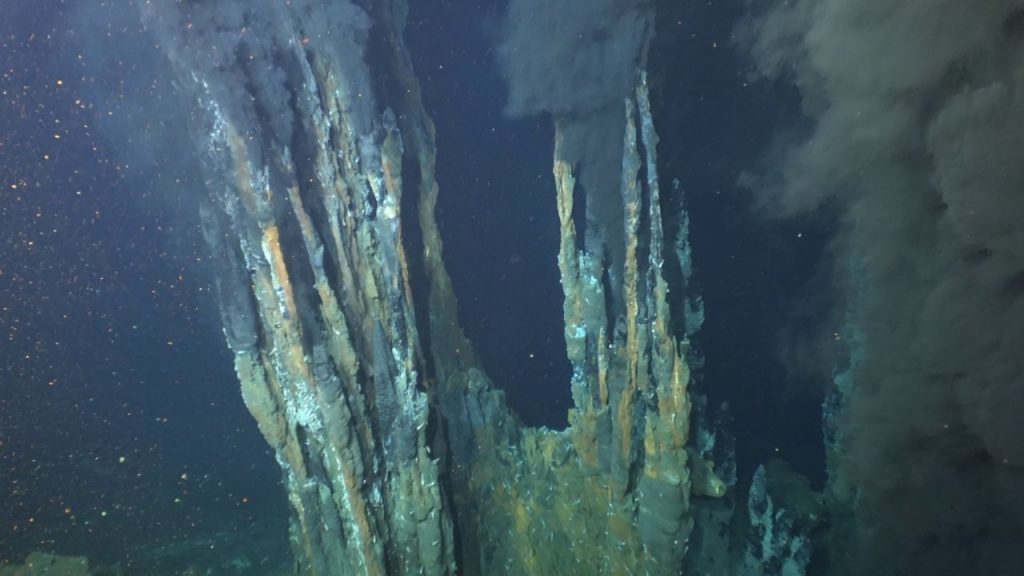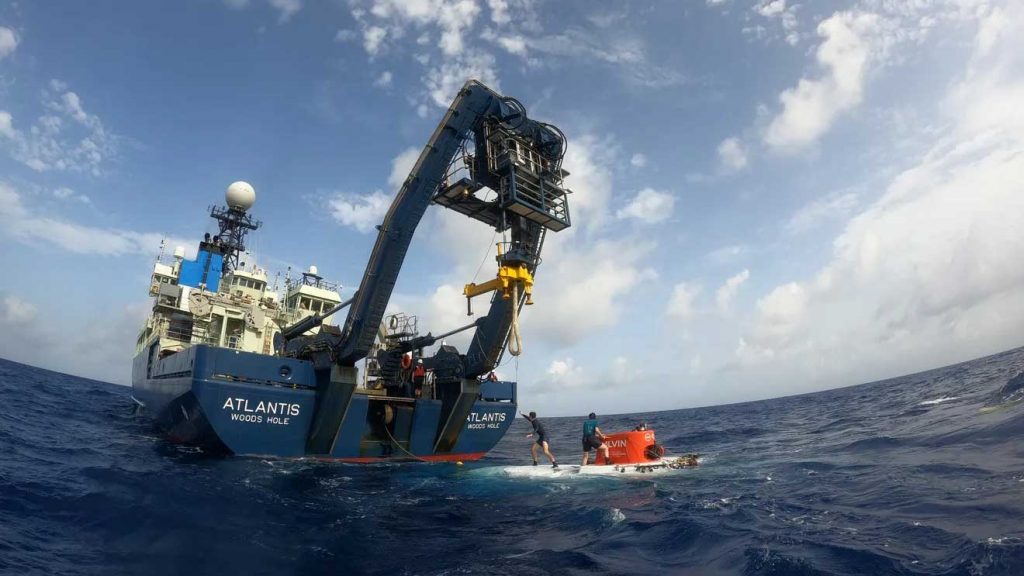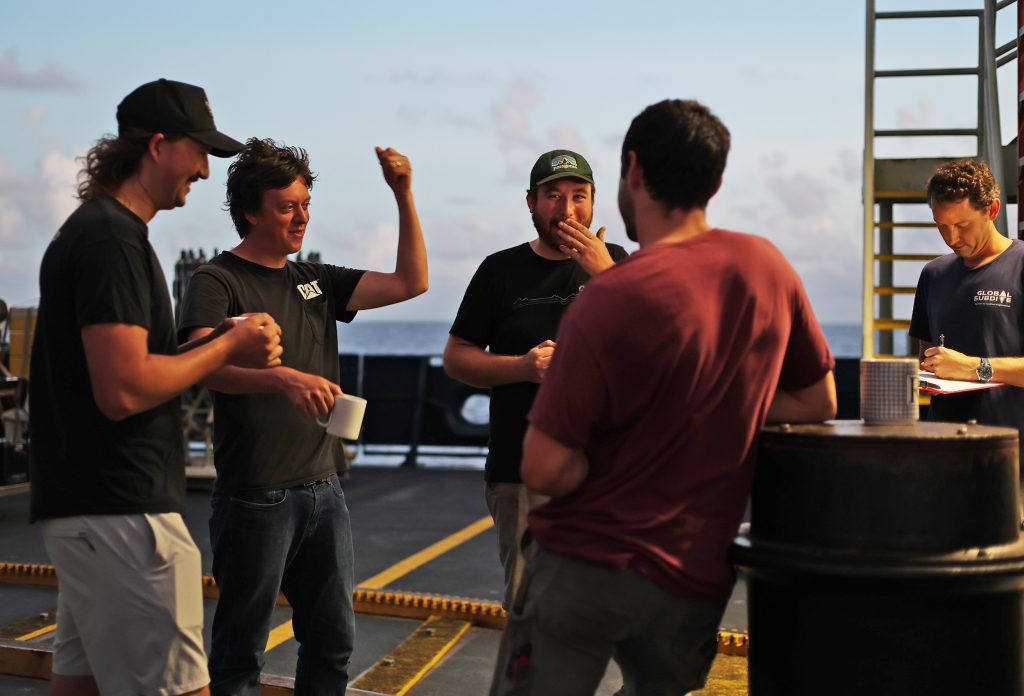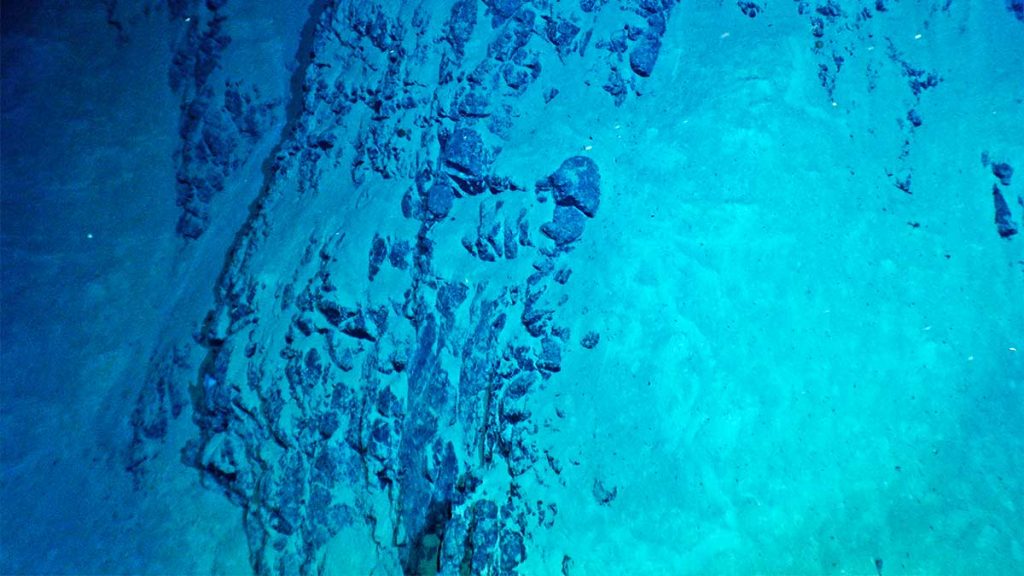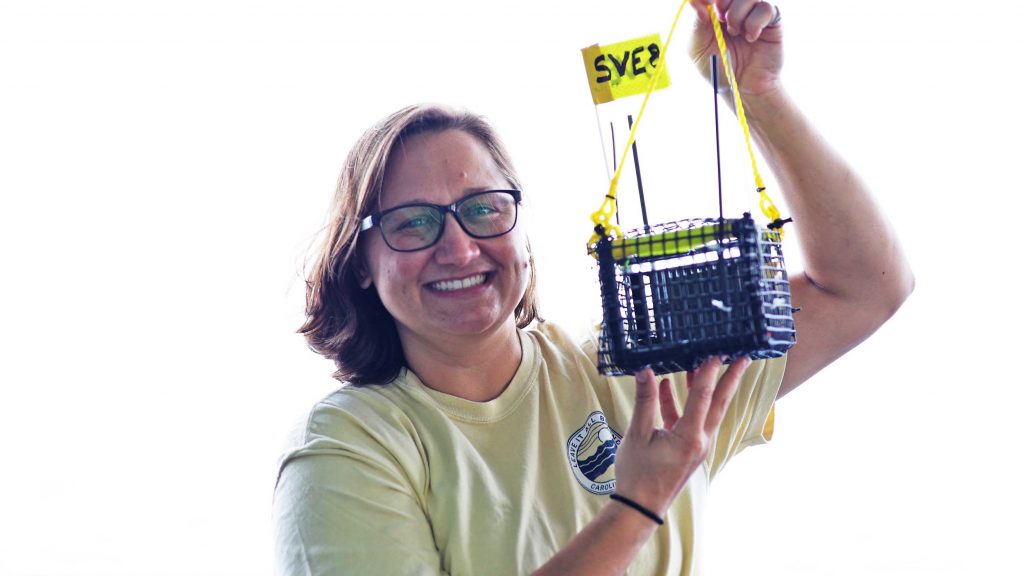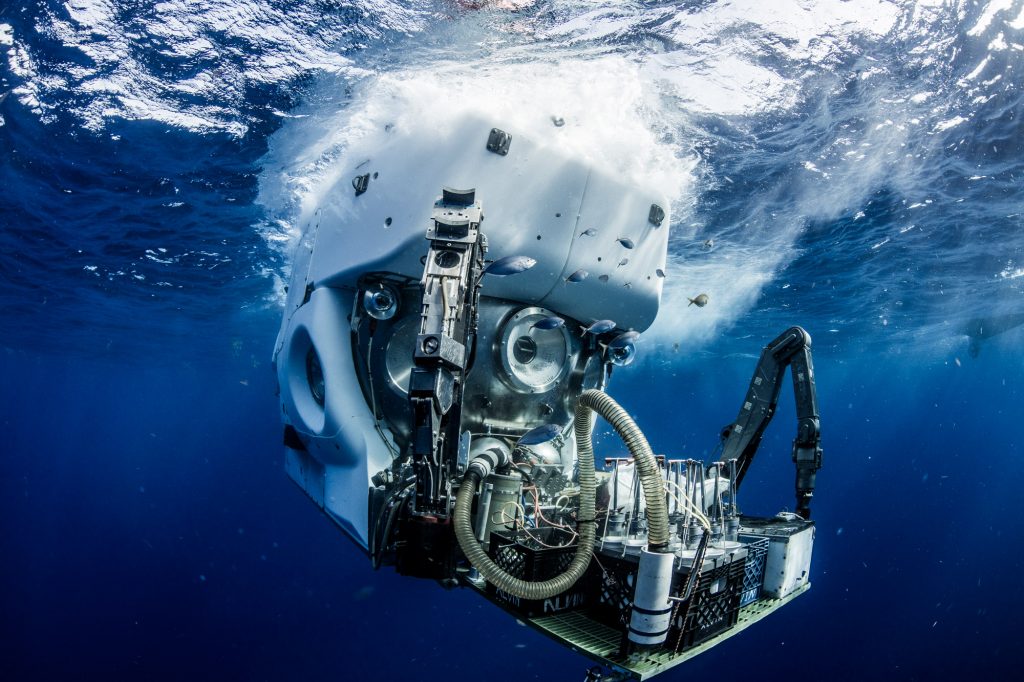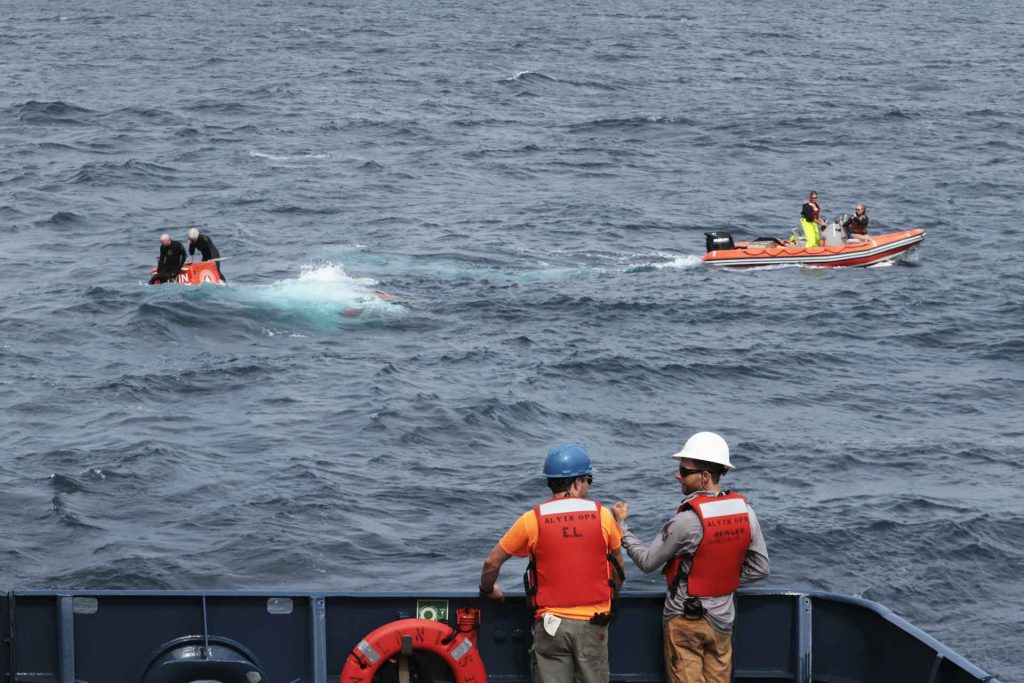Posts by Hannah Piecuch
The importance of having a plan B (and C, D, E, and F)
While power outages aren’t excessively common on research cruises, this event does encapsulate the nature of conducting science at sea: anything that can go wrong might go wrong at any given moment and—as happened today—without any prior warning. Chief Scientist Chris German’s mantra is to treat every day at sea like it may be your last day for conducting science, which is why he always has a plan B (and a plan C, D, E, and F if it comes to it).
Read MoreAlvin Program and Woods Hole Oceanographic Institution honored with IEEE Milestone for Technical Innovation and Excellence
Woods Hole Oceanographic Institution (WHOI) has been recognized by IEEE, the world’s largest technical professional organization advancing technology, through its Milestone program for the long-running success of its human-occupied submersible Alvin. Read the press release here.
Read MoreCNN: Humans can dive deeper into the world’s oceans than ever before with Alvin
WHOI scientists talk with CNN about what the sub’s latest upgrade means for deep-sea science. Read the whole story.
Read MoreA look back at Alvin science verification (video)
The human-occupied submersible Alvin is ready to return to scientific research at its newly certified maximum depth of 6500 meters (4 miles). That’s the conclusion of a team of scientists who have spent the past three weeks taking the iconic sub through its paces at locations at the Puerto Rico Trench and Mid-Cayman Rise, testing its scientific…
Read MoreAlvin Science Verification by the Numbers
“The new capabilities of a 6500-meter rated Alvin will continue the tradition of enabling generations of scientists the opportunity to make discoveries that will change the way we view the ocean and our world,” Soule says. “It’s an honor to be a part of that tradition.”
Read MoreFrom deep space to the deep sea
Guest post by Andrew Klesh, engineer at NASA Jet Propulsion Laboratory. “Exploring the unknown requires creativity, daring, and determination,” Klesh writes in the Alvin Science Verification Blog. “Space and ocean explorers are learning from each other to advance exploration.”
Read MoreA glimpse at Earth’s veins
NDSF Chief Scientist for Deep Submergence Anna Michel’s first dive in HOV Alvin; volcanologist Ken Rubin explains a veined deep sea rock; pilot Danik Forsman navigates Alvin in unknown terrain.
Read MoreForaminifera for the win!
Ashley Burkett exclaims with delight as she plucks foraminifera from a glass sponge collected from the sea floor. Marley Parker © Woods Hole Oceanographic Institution In Atlantis’ Main Lab, Ashley Burkett, peers into her microscope and pokes at the glass sponge sitting on the stage. “Yes!!” she exclaims, keeping her eyes trained on the ocular…
Read MoreOceanus Magazine: Who is Alvin and what are Sea Trials?
HOV Alvin is at sea for engineering tests to dive 6,500 meters deep, able to reach 99% of the ocean floor. If you haven’t been following the process, we’ll catch you up here.
Read MoreFrom one sub to another
When Alvin submerged for its second open water dive of sea trials on Thursday, July 7, it was operated by Senior Pilot Bruce Strickrott and carried two crew members who have a lot of experience with submersibles of other shapes and sizes. Randy Holt, Alvin’s new Expedition Leader, has piloted shallow-diving acrylic sphere and steel…
Read More

